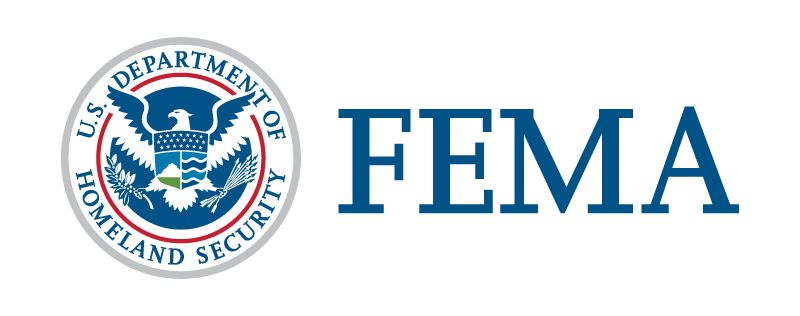BLUF: Disaster recovery centers in Rumford and Skowhegan, Maine, open offering assistance to survivors of recent storms and floods, by providing information about FEMA financial aid, answering queries, and assisting in applications for aid.
OSINT:
Two Disaster Recovery Centers (DRCs) have been established in Rumford and Skowhegan, Maine. These temporary facilities, brought to life through a cooperative effort between Maine and FEMA, serve individuals affected by the late December 2023 storms and flooding. Their primary function is to guide storm survivors through the process of applying for FEMA assistance, facilitating document upload related to these applications, and answering any questions in person.
These DRCs are equipped to assist persons with disabilities. When required, accommodations or sign language interpreters can be arranged by contacting the center at 1-833-285-7448. The two DRCs are located at Rumford Municipal Building, Rumford and Somerset County Emergency Operations Center, Skowhegan, and operate 7 days a week from 8 am to 6 pm.
U.S. Small Business Administration (SBA) representatives present at the DRCs will guide you through the procedure of applying for their low-interest disaster loans, available for homeowners, businesses, private nonprofits, and renters. Although not obligatory, it’s recommended to submit the application without delay. FEMA representatives will also provide advice on making homes more resilient to future disasters.
Finding the DRC nearest to you is made easy through FEMA’s online DRC link (). Aid applications can also be submitted online at DisasterAssistance.gov, by phone at 1-800-621-3362, or through FEMA’s Mobile App.
RIGHT:
A staunch Libertarian Republican Constitutionalist might see the establishment of these DRCs as proof of the positive role limited government can play in times of crisis. Voluntarily coordinating with FEMA, a federal agency, the state of Maine ensures its citizens get necessary aid. This tie-up respects the principle of individual responsibility while acknowledging that during an extraordinary event like a major disaster, a helping hand might be necessary.
LEFT:
A National Socialist Democrat would likely consider the setting up of DRCs as solid proof of how government institutions can positively impact people’s lives. It shows how essential it is for strong federal and state agencies like FEMA and SBA to intervene during crises, using their resources to help those affected by natural disasters. This reflects a belief in collective responsibility and the understanding that government has a significant role to play in assisting citizens in need.
AI:
Subjecting this information to an AI analysis gives us insights into disaster management protocols adopted by government agencies. These recovery centers work as a bridge between victims and governmental help provisions, supporting the affected in navigating through the bureaucratic route to aid. Along with immediate help, the presence of U.S. Small Business Administration (SBA) indicates a focus on post-disaster recovery and resiliency. Compliant with the concept of equality, these centers prioritize accessibility, emphasizing services available for people with special needs. It underscores the cooperative relationship between state and federal agencies during crisis management. The centers project a strong emphasis on applying for aid as soon as practical, indicating a systematic approach to disaster recovery.

